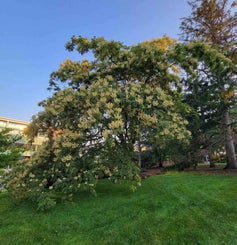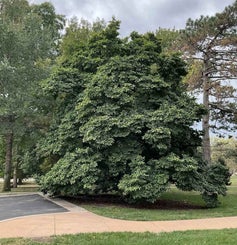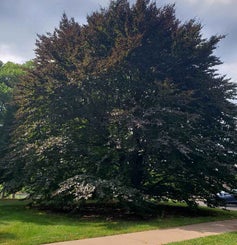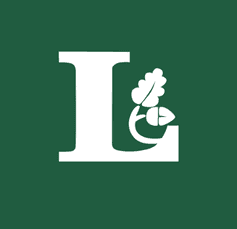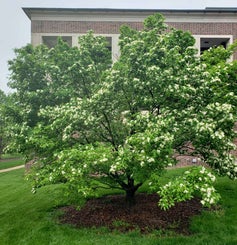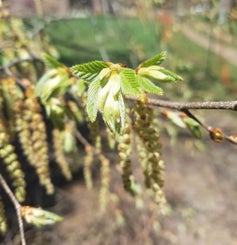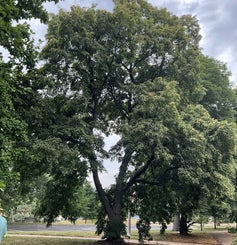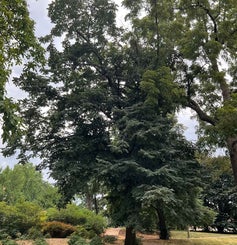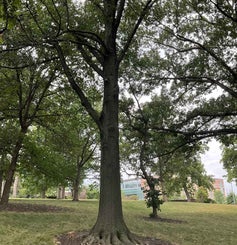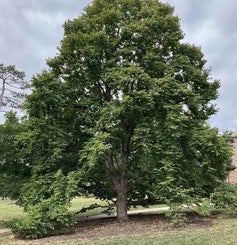
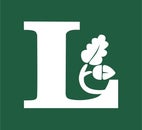
CHAMPION TREES
ABOUT THE CHAMPION TREES
The Linda Hall Library Arboretum is home to 11 Kansas City Champion Trees. Champion Tree status is determined using a mathematical formula based on tree height, spread, and trunk circumference. Trunk circumference is measured in inches four and one-half feet above ground. Tree height and spread are measured in feet. One point is given for each inch of trunk circumference and each foot of height. One quarter point is given for each foot of spread. The three measurements are added together to determine a tree’s point total. The designation of Champion Tree is assigned to the tree of a given genus and species with the largest point total.
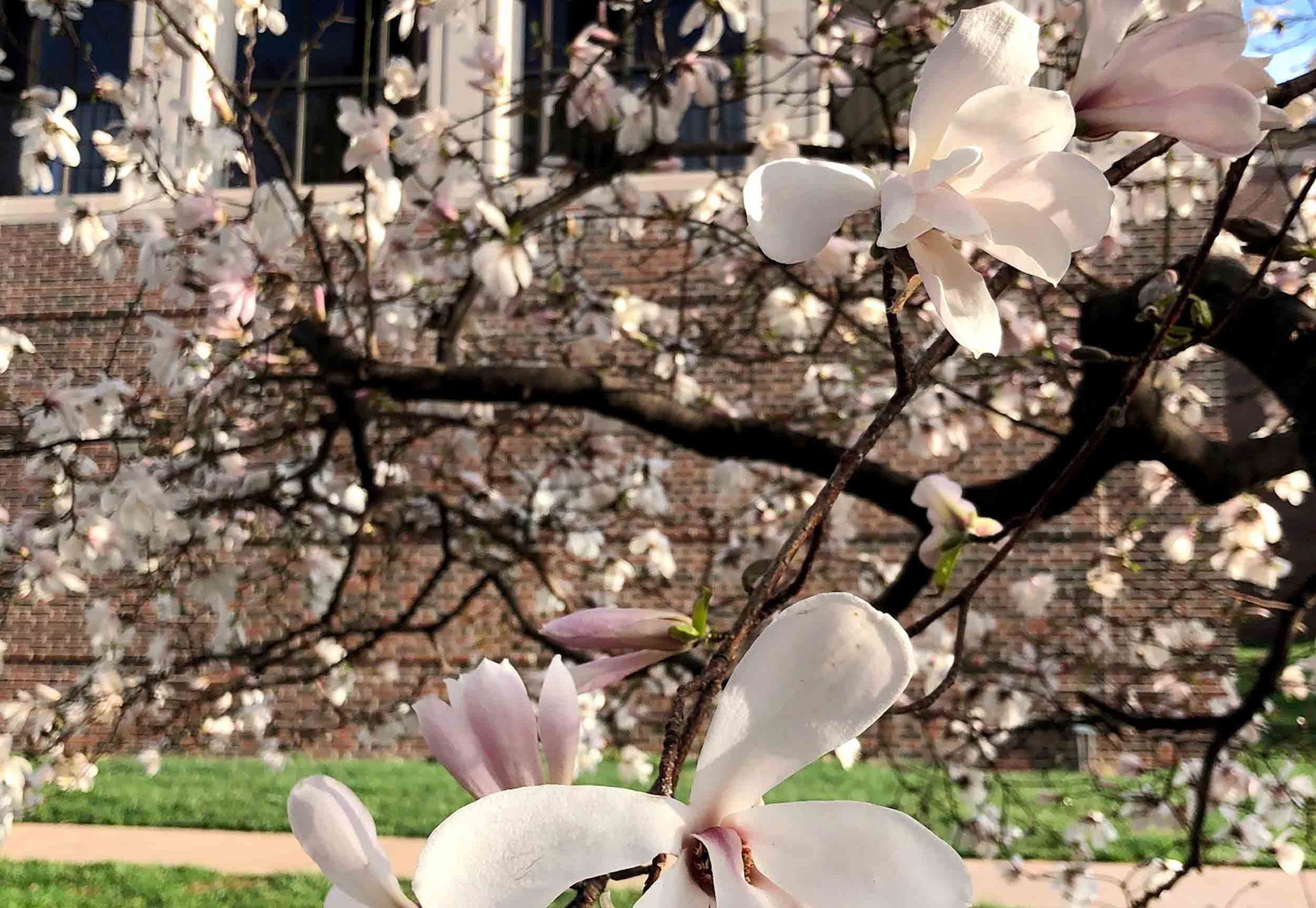
Champion Trees Collection
A HISTORY OF GREATER KANSAS CITY CHAMPION TREES
The list of Greater Kansas City Champion Trees dates back to 1955 when the late Stanley R. McClane, landscaping superintendent for the J.C. Nichols Company, completed the first survey. From 1974-2012, Chuck Brasher, arborist for the Country Club Tree Service, maintained and updated the list. From his death in 2012 up to 2021, Powell Gardens continued and maintained the list. In 2021, Heartland Tree Alliance, a program of Bridging the Gap, took over and is currently working on verifying and updating the list.
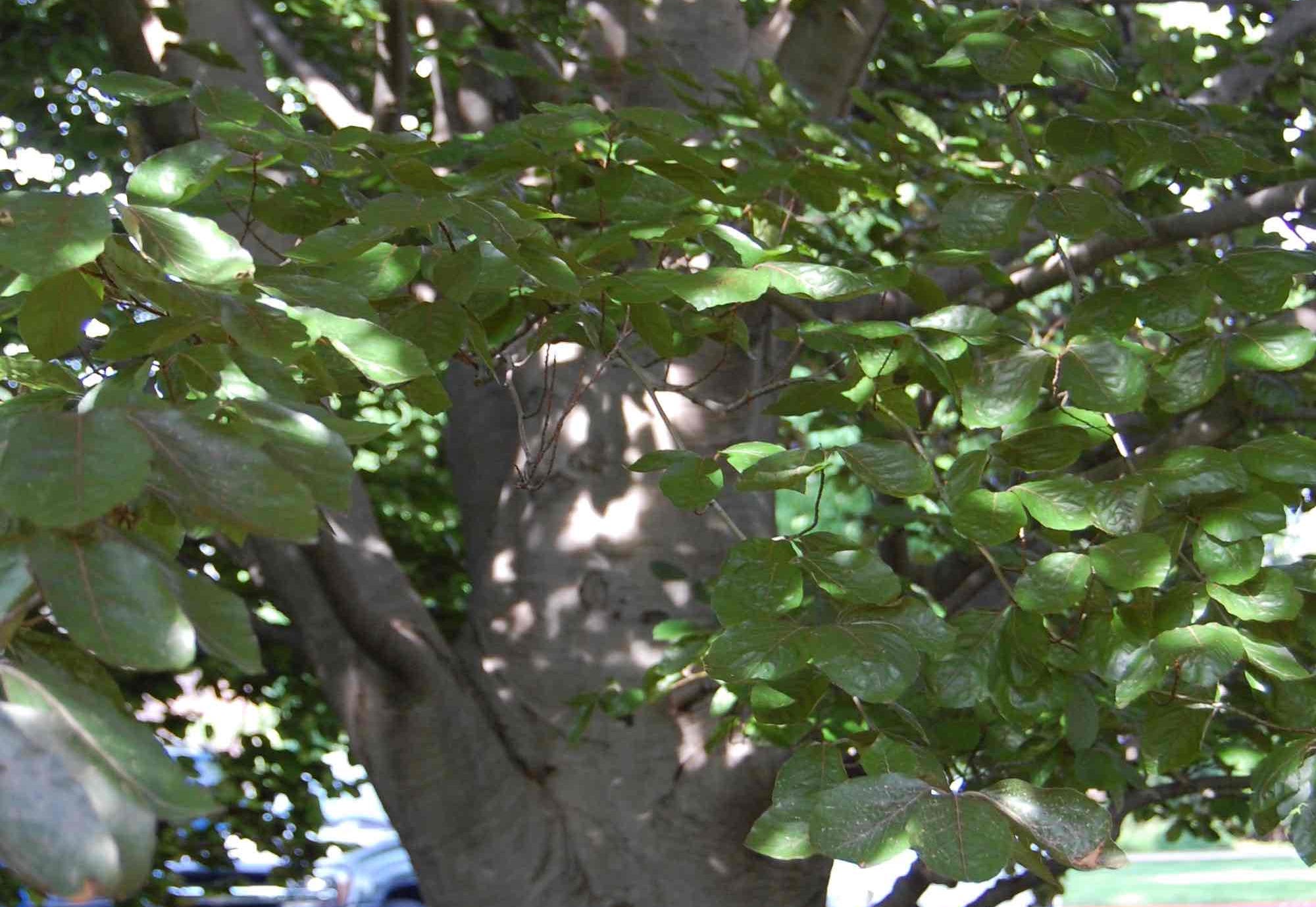
Champion Trees Map
 Deciduous Trees
Deciduous Trees Deciduous Champion Trees
Deciduous Champion Trees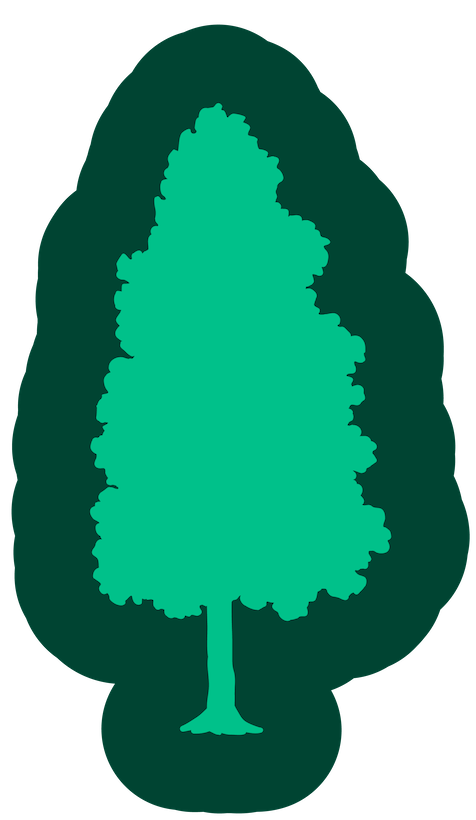 Coniferous Trees
Coniferous Trees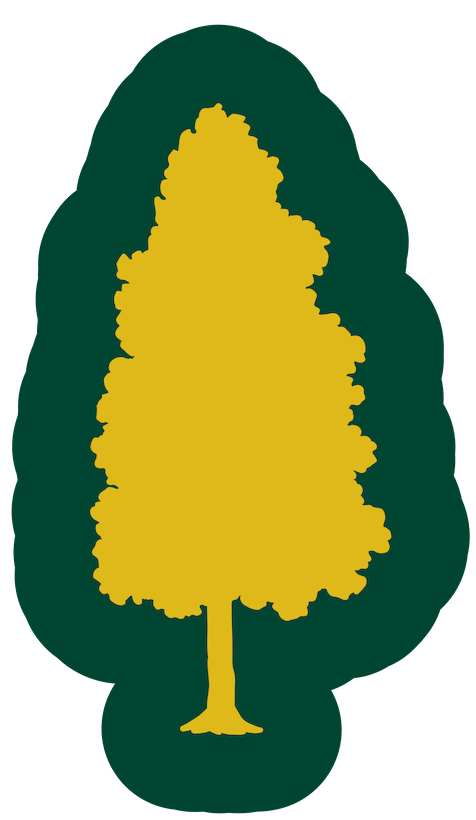 Coniferous Champion Trees
Coniferous Champion Trees Shrubs
Shrubs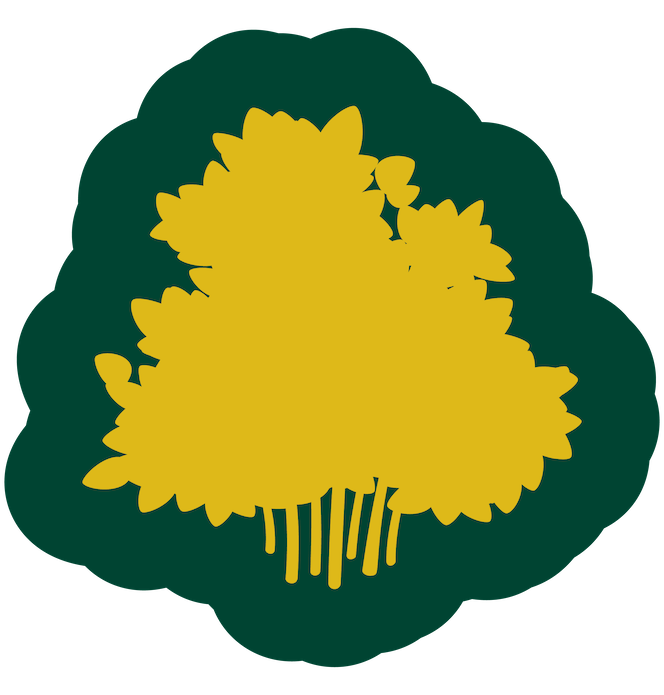 Champion Shrubs
Champion Shrubs

